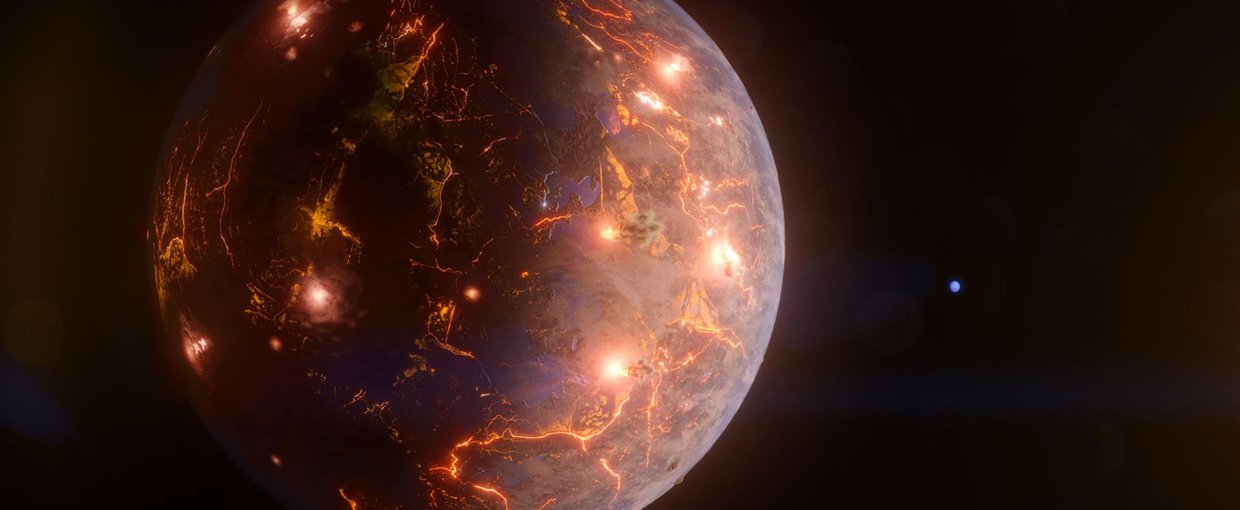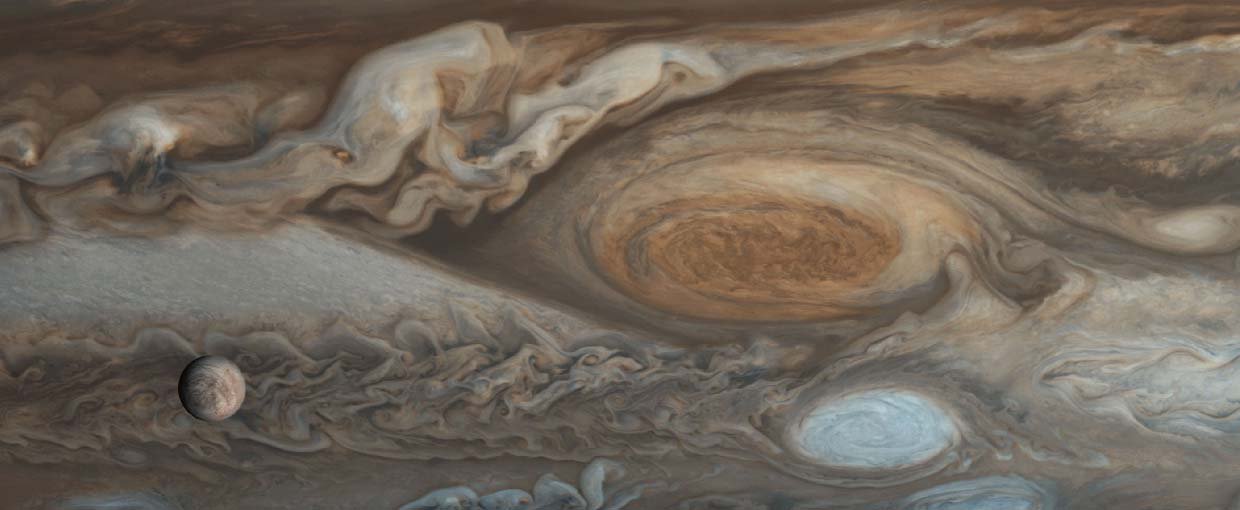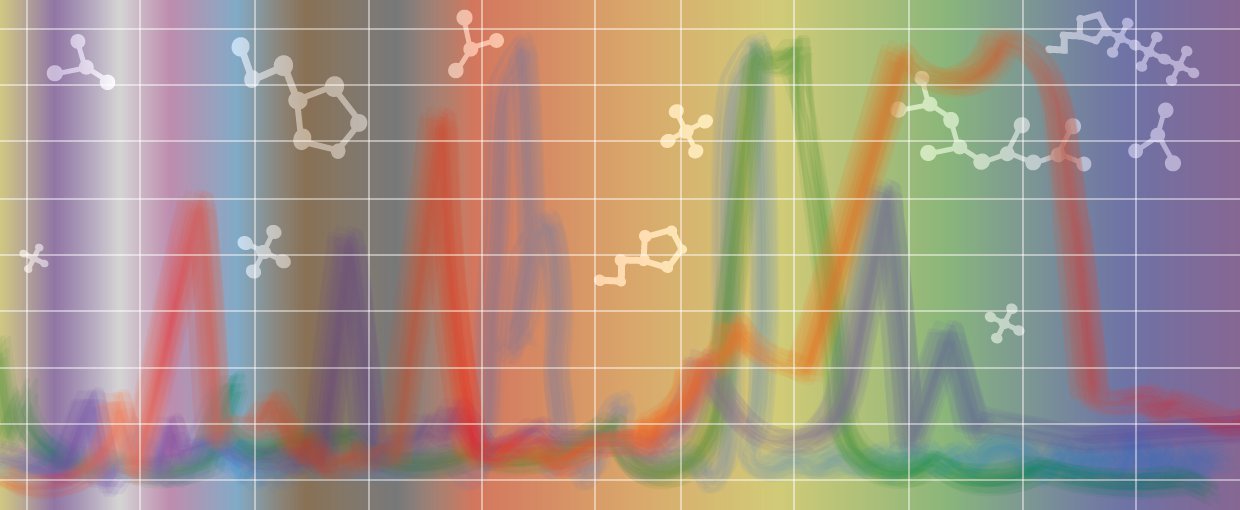Havig, J. R., Raymond, J., Meyer-Dombard, D. A. R., Zolotova, N., & Shock, E. L. (2011). Journal of Geophysical Research, 116(G1), None. doi:10.1029/2010jg001415
Laas, J. C., Garrod, R. T., Herbst, E., & Widicus Weaver, S. L. (2011). The Astrophysical Journal, 728(1), 71. doi:10.1088/0004-637x/728/1/71
Lee, B. L., Ge, J., Fleming, S. W., Stassun, K. G., Gaudi, B. S., Barnes, R., … Mahadevan, S. (2011). The Astrophysical Journal, 728(1), 32. doi:10.1088/0004-637x/728/1/32
Luo, G., Wang, Y., Yang, H., Algeo, T. J., Kump, L. R., Huang, J., & Xie, S. (2011). Palaeogeography, Palaeoclimatology, Palaeoecology, 299(1-2), 70–82. doi:10.1016/j.palaeo.2010.10.035
Mandell, A. M., Deming, L. D., Blake, G. A., Knutson, H. A., Mumma, M. J., Villanueva, G. L., & Salyk, C. (2011). The Astrophysical Journal, 728(1), 18. doi:10.1088/0004-637x/728/1/18
Martins, Z., Sephton, M. A., Foing, B. H., & Ehrenfreund, P. (2011). International Journal of Astrobiology, 10(03), 231–238. doi:10.1017/s1473550410000431
McInerney, F. A., Helliker, B. R., & Freeman, K. H. (2011). Geochimica et Cosmochimica Acta, 75(2), 541–554. doi:10.1016/j.gca.2010.10.022
Meschiari, S., Laughlin, G., Vogt, S. S., Butler, R. P., Rivera, E. J., Haghighipour, N., & Jalowiczor, P. (2011). The Astrophysical Journal, 727(2), 117. doi:10.1088/0004-637x/727/2/117
Orzechowska, G. E., Kidd, R. D., Foing, B. H., Kanik, I., Stoker, C., & Ehrenfreund, P. (2011). International Journal of Astrobiology, 10(03), 209–219. doi:10.1017/s1473550410000443
Orzechowska, G. E., Kidd, R. D., Foing, B. H., Kanik, I., Stoker, C., & Ehrenfreund, P. (2011). International Journal of Astrobiology, 10(03), 209–219. doi:10.1017/s1473550410000443



